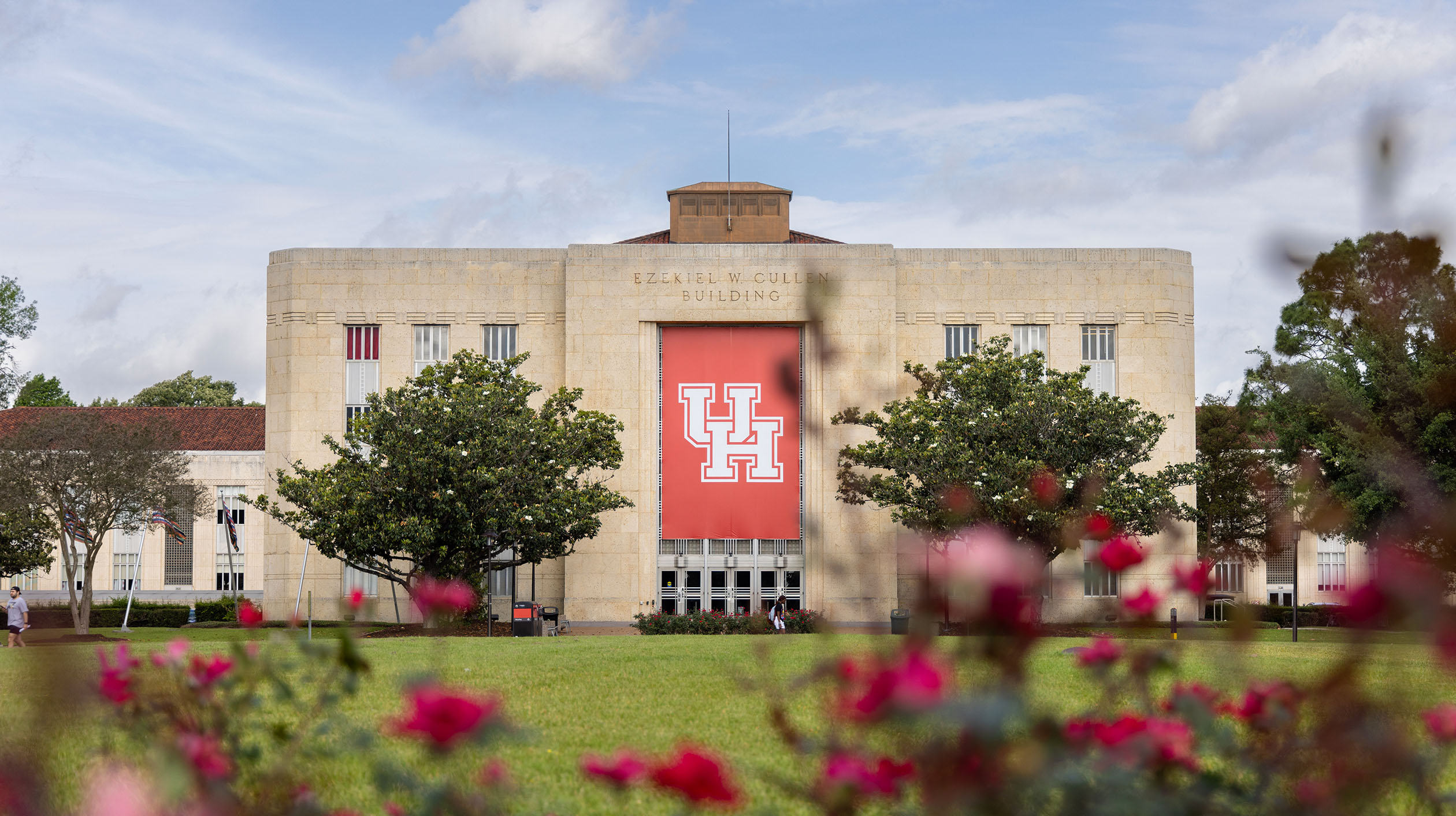The University of Houston, a global leader in energy research and innovation, will receive $8 million in federal funding to help ensure the U.S. remains at the forefront of fusion technology.
UH is one of 23 institutions around the country, and the only one in Texas, that will share part of $134 million from the U.S. Department of Energy. Venkat Selvamanickam, professor at UH’s Cullen College of Mechanical and Aerospace Engineering and director of the Advanced Manufacturing Institute, will lead research on superconducting magnets, which he said makes compact fusion reactors possible.

“I’ve dedicated 38 years to advancing superconductor technology, and my goal is to unlock the full potential of this magical technology for society,” said Selvamanickam, who secured UH’s role in the research initiative. “Beyond fusion, superconductors can transform how we deliver power to data centers, enable highly efficient motors and generators and improve electric power devices. They also enable critical applications such as MRI and proton beam therapy for cancer treatment. I want society to experience the broad benefits this remarkable technology can provide.”
The funding comes from the DOE’s Fusion Energy Sciences division, which is tasked with developing an energy resource through fusion, the same type of energy the sun produces, Selvamanickam said.
The total funding is split across two initiatives: $128 million for the Fusion Innovation Research Engine and $6.1 million for the Innovation Network for Fusion Energy program.
Funding for FIRE was awarded to seven teams looking to create a fusion energy science and technology innovation ecosystem through virtual, centrally managed teams. The goal is to bridge the DOE Fusion Energy Sciences program’s research programs and growing fusion industries.
Meanwhile, the INFUSE program has selected 20 projects that boost fusion energy development in businesses by removing barriers to collaboration between companies and national laboratories or universities.
The projects selected include research in materials science, laser technology development, high temperature superconducting magnet assessment, artificial intelligence for fusion modeling and simulation, and enabling technologies to move toward achieving economical fusion energy.
“Under President Trump’s leadership, DOE is unleashing the next frontier of American energy,” said U.S. Secretary of Energy Chris Wright. “Fusion power holds the promise of limitless, reliable, American-made energy — and programs like INFUSE and FIRE ensure our innovators have the tools, talent and partnerships to make it a reality.”
Fusion energy isn’t a new idea but progress in developing the technology has been slow. Only in the past decade have new concepts emerged to build compact fusion reactors — but their lifespan isn’t ideal, Selvamanickam said.
Working with UH partners in the FIRE Collaborative, Selvamanickam aims to change that. The goal of the research is to understand why superconducting magnets in fusion reactors break down, and to develop solutions to make them more resilient.
“The advantage of fusion is it’s clean and it does not require storage. Solar energy can’t be used at night, and wind energy depends on wind conditions,” Selvamanickam said. “Our goal is to make fusion a truly viable energy source.”
